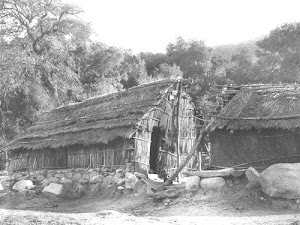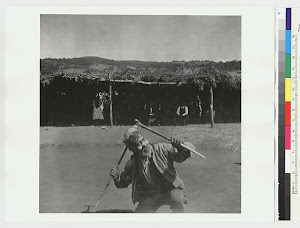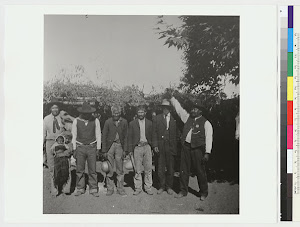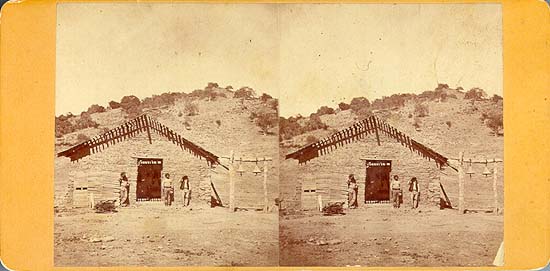HOWKA TRIBAL MEMBERS, I HAVEN'T HEARD ANYONE TALKING ABOUT OUR WELL WATER BEING CONTAMINATED SO I THOUGHT i WOULD BRING THIS BEFORE THE TRIBE. HERE IS AN ARTICLE POSTED TODAY FROM THE SAN DIEGO CHANNEL 10 NEWS STATION.I HIGHLIGHTED IN BOLD THE SECTION ABOUT SANTA YSABEL.IT APPEARS IT IS WHERE THE OLD CHEVRON USED TO BE . THE LINK TO THE REPORT IS HERE
http://geotracker.swrcb.ca.gov/profile_report.asp?global_id=T0607302306
Persistent Pollutant Shuts Down Groundwater Wells
POSTED: 4:41 pm PST February 24, 2010
UPDATED: 6:26 pm PST February 24, 2010
SAN DIEGO -- A deep water monitoring well is being drilled this month in Chula Vista. When it is complete, it will tell us more about a water resource we've ignored for years: groundwater. Even though San Diego does not have a lot of groundwater, spending millions to find it and map it is now considered a high priority and an important investment.
"We'll be able to develop concepts of what the geology looks like, how the layers of geology are structured, how the groundwater flows through those layers, where is the groundwater fresh, where is the groundwater saline," said Wes Danskin, a research hydrologist with the United States Geological Survey.
Danskin hopes to finish up the groundwater research project in San Diego within a couple years. But finding the water is only half the battle. Making it drinkable is the other challenge.
"Some is contaminated by human products of one sort or another. MTBE is particularly difficult," said Danskin.
MTBE was added to gasoline in 1979 to make it burn cleaner. Before it was banned in California in 2004, it seeped into soil and groundwater. The sources of the leaks are the thousands of fuel storage tanks in the state. Once the chemical moves into the ground, it's hard to remove.
"And because it's a health hazard, it has shut down wells across the state," said Danskin.
Your gasoline taxes -- two cents per gallon -- fund millions of dollars for the cleanup of sites contaminated by leaking tanks. However, it's painfully slow. Of the 11,000 active clean up sites in california, 7,000 still haven't been cleaned up after 10 years.
10News researched MTBE cleanup projects around the county and found 327 contaminated sites. Most had fuel leaks discovered over a decade ago. The leaks are a problem not just at these sites, but also for any new wells nearby.
"As time goes on, the material spreads out and unlike surface water, you can't observe where it's going. It's not just a problem of left or right, but of how deep because it can go down into deeper levels of groundwater," said John Robertus, recently retired from the San Diego Regional Water Quality Control Board after serving 14 years as executive officer.
In addition to the migration problem, the suction created by a groundwater well could draw a nearby MTBE plume to it.
For example, in Lakeside, four wells that supplied 19 percent of that district's water supply had to be shut down when they were contaminated with MTBE that came from of a gas station's leaking underground storage tank.
In Santa Ysabel, no new wells are allowed to be constructed because of an existing MTBE plume from a gas station's underground fuel tank leak, first discovered in 1997. The cleanup costs at the site have reached the $1.5 million limit and additional funds will come from an emergency account.
In Oceanside, that city is investing millions of dollars for two brand new wells on Mission Avenue. The hope is that these wells will triple the city's groundwater output. However, there is MTBE in the ground underneath a gas station just across the street.
A state task force recently criticized cleanups of underground storage tank leaks. They cited a lack of sufficient incentives to cleanup quickly and cost-effectively, and recommended actions that other states already use. For example, one suggestion was to refund cleanup costs only upon the completion of key substantial project activities. However, they admitted that such changes would require legislative action and they predicted that stakeholders would fight it.
Previous Stories:
February 23, 2010: Water Resource Under Qualcomm Stadium Untapped
Thursday, February 25, 2010
SANTA YSABEL WELL WATER
Posted by
Karen Vigneault Librarian
at
2:23 PM
![]()
Subscribe to:
Post Comments (Atom)













No comments:
Post a Comment